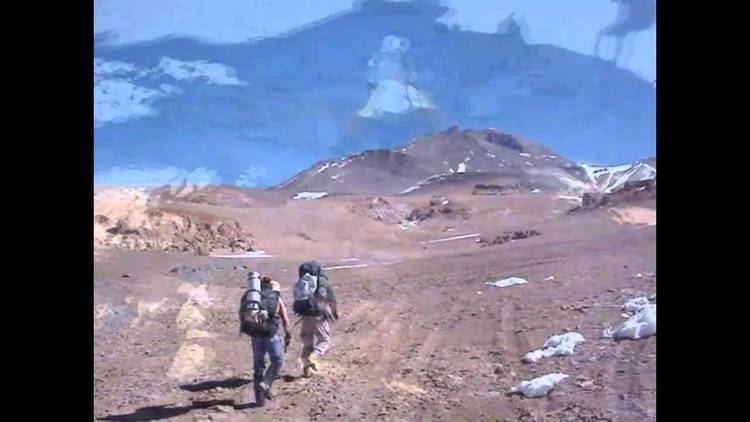Elevation 6,052 m Listing Ultra-prominent peak | Last eruption Unknown Prominence 1,701 m Parent range Andes | |
 | ||
Similar Laguna Santa Rosa, Incahuasi, Los Patos, Ojos del Salado, Cerro del Azufre | ||
Copiapó, also known as Azufre, is a stratovolcano located in the Atacama Region of Chile. The volcano separates the two portions in which Nevado Tres Cruces National Park is divided. In its vicinity lies Ojos del Salado. At its summit an Inca platform can be found.
Map of Copiap%C3%B3, Atacama Region, Chile
Dacitic volcanism occurred at this centre 11-7 million years ago and covered a surface of 200 square kilometres (77 sq mi). The Valle Ancho fault can be traced beneath this volcano. The main cone is formed by dacites and block-and-ash flows that were later intruded by dacitic porphyries, associated with hydrothermal alteration. A smaller centre formed on the northern side of the main cone, as well as thick (100–300 metres (330–980 ft)) ignimbrites in two units. A complex of lava domes lies at their southern-eastern end with more hydrothermally altered porphyric intrusions named Azufrera de Copiapo. The last activity 6-7 million years ago formed a shield overlying the lava dome complex and the San Roman dome. Obsidian from this volcanic area has been found in archeological sites.
